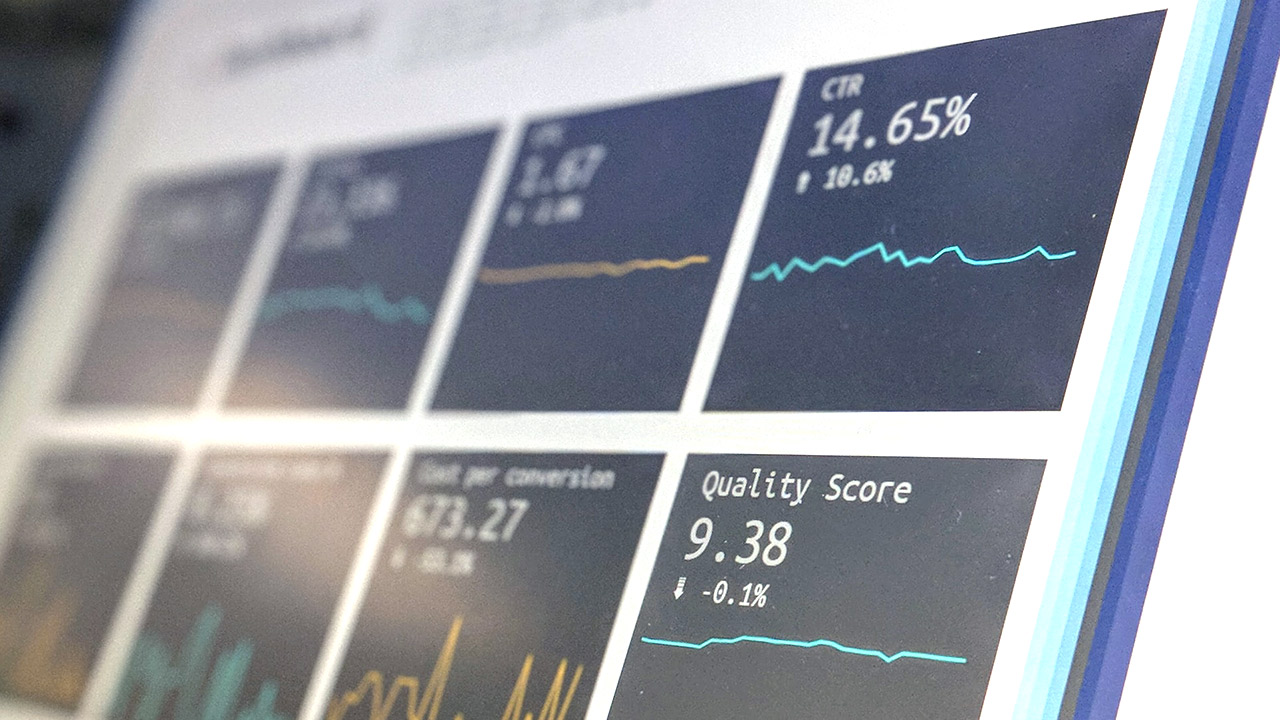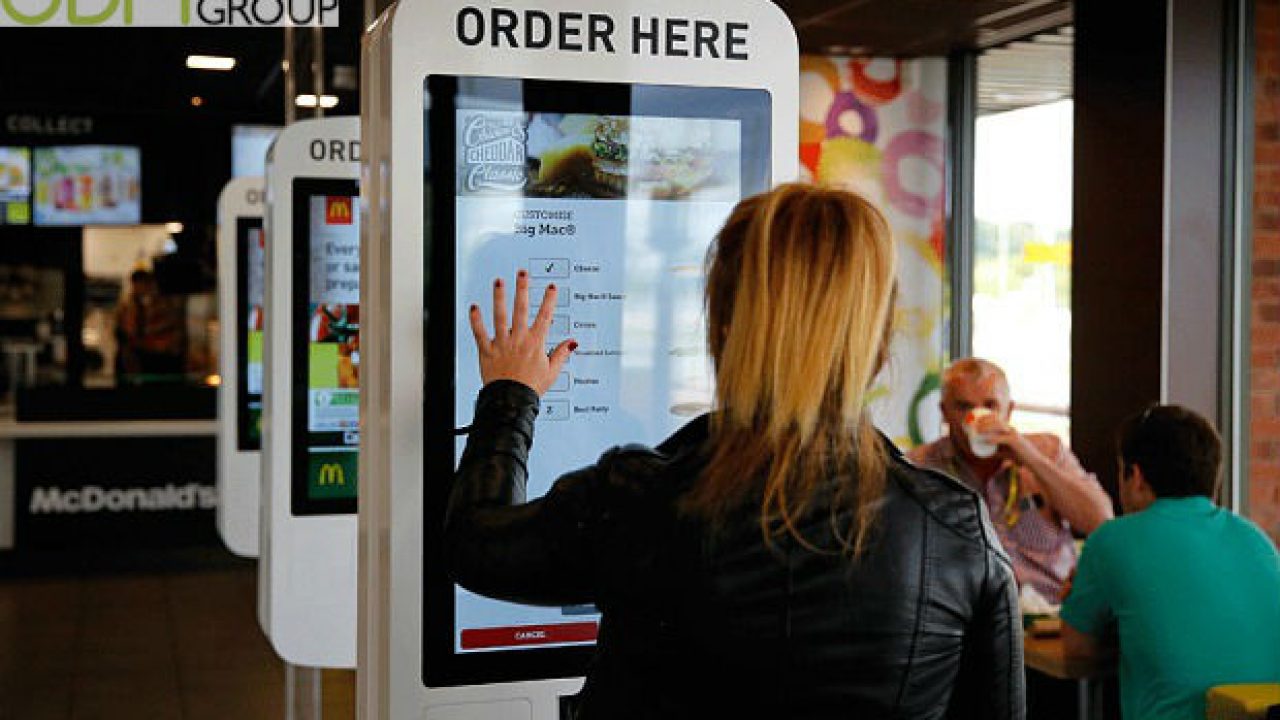‘As companies continue to shift expenditures toward digital-media channels, the benefits of digital advertising (adaptability of content, more efficient consumer targeting, and higher reach per dollar) must be weighed against the opportunity cost (forgone synergy between digital and traditional advertising)’ (Ma and Du 2018).
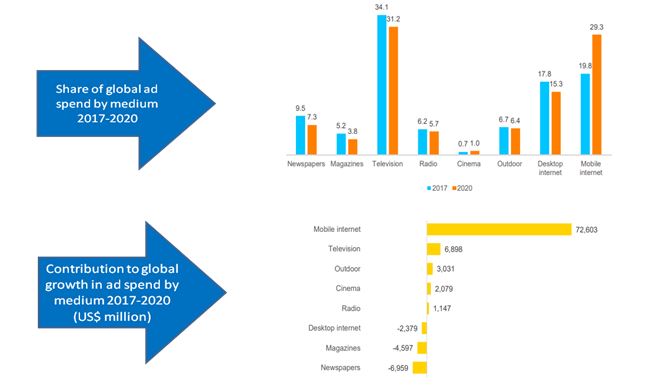
2017 seen internet advertising take over traditional television as the world’s biggest advertising platform leading 37.6% of total ad expenditure. Zenith (2018) believes that digital adspend will grow by 14% and in 2020 adspend on digital platforms will account for 44.6% of global adspend.
The value of the digital advertising market has grown 14.3% to £11.55 billion in 2017, with almost all growth occurring in display advertising on mobile. The market has also been facilitated by improvements in programmatic advertising which streamlines the process of buying advertising space’ (Mintel 2018). Programmatic buying allows agencies to target audiences more efficiently and more effectively, with personalised creative.
There are many reasons for why there is a growth in digital adspend. One reason could be because of how easy it is to access the internet nowadays. For example Hootsuite, 2019 shows just how much of the world’s population has access to the internet:
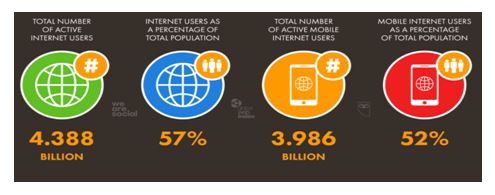
Another reason could be the speed of adoption to new technologies. This graph shows how long it took each new technology to reach 100 million users:
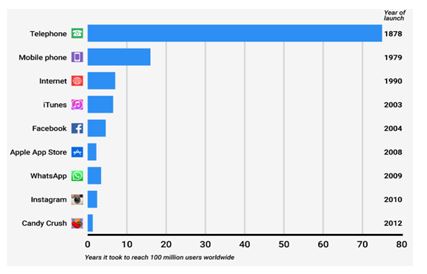
One major driver for growth is Social Media. According to Zenith (2018) much of the recent growth in digital adspend is due to the rise of social media advertising. This could be due to the more creative and engaging video ads that are being displayed. Social media advertising is expected to grow around 16% a year until 2020.
Global Web Index reports that the average social media user now spends 2 hours and 22 minutes each day on social platforms, which equates to roughly one-third of their total internet time, and one-seventh of their waking lives. If this is extended to the average daily time across all 3.484 billion people using social media today, it is a combined total of almost 330 million years of human time spent on social platforms during the course of 2019. But of course, time spent on social media varies across different cultures.
According to Voorveld (2018) Advertisers are enthusiastically integrating social media into their advertising programs to drive digital engagement. Online video advertising and social media are the current driving force for internet adspend rise with both being expected to grow around 17% a year between 2017 and 2020. Online video is benefiting from the increasing availability of high quality content, and improvements to the mobile viewing experience, such as better displays and faster connections. For many consumers, checking their mobile devices for social media has become a regular, ingrained habit, while social media ads blend seamlessly into their mobile app newsfeeds.
With the growth of adspend on digital platforms on the rise, businesses should take this into consideration when contemplating an advertising campaign. Internet advertising is an ever-growing platform that will continue to change and gain more popularity as the years go on as stated throughout.
With the rise of digital adspend also comes the dreaded advertising clutter. Take a look at how advertising clutter has grown recently and how to make your business stand out here
